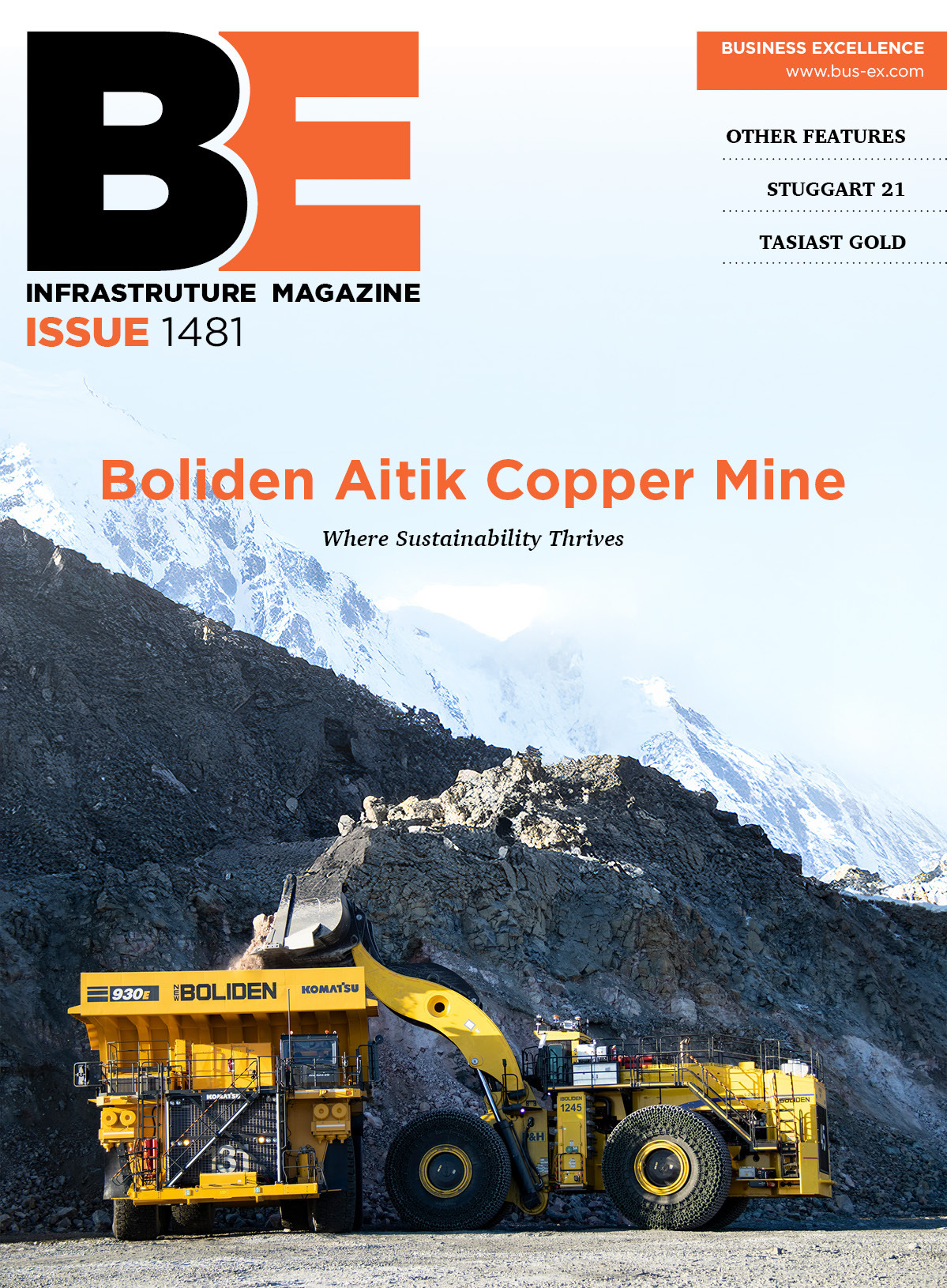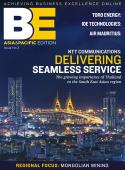Terminal efficiencyMoving cargo through VancouverÔÇÖs largest container terminal company can be a balancing act, Morley Strachan explains to Gary Toushek. TSI Terminal Systems Inc. began as a stevedoring company on a small wharf in the Vancouver, British Columbia harbor more than a century ago, and today the company operates two major terminals, Vanterm and Deltaport. Between these two terminals, TSI handles nearly two million TEUs (twenty-foot equivalent units, i.e., large shipping containers) of cargo every year. TSI is a wholly owned subsidiary of GCT Global Container Terminals Inc., which in turn is a wholly owned subsidiary of the Ontario TeachersÔÇÖ Pension Plan, one of the largest financial institutions in Canada, with net assets exceeding $100 billion. GCT operates two other container terminals, on Staten Island in New York, and in New Jersey.Vanterm, located in Burrard Inlet, is a two-berth container terminal that operates six high-speed Super Post-Panamax dock gantry cranes, as well as a modern fleet of container-handling equipment and a six-track, on-dock, intermodal railyard. The Deltaport terminal, the Port of VancouverÔÇÖs largest container terminal, located 25 miles south of VancouverÔÇÖs inner harbor, is designed to handle the largest container ships afloat and is also serviced by gantry cranes and two berths; a third berth is currently under construction, to be completed in late 2009. Morley Strachan, TSIÔÇÖs executive vice president, has been with the companyÔÇÖs operations for eleven years, making sure all the departments are clicking along as they should be. ÔÇ£We have to be proactive rather than just reactive,ÔÇØ he says. ÔÇ£Otherwise, it leads to all kinds of problems.ÔÇØ Asked whether thereÔÇÖs expansion planned beyond DeltaportÔÇÖs third berth, Strachan says they have several ways of expanding or increasing capacity. ÔÇ£We can add equipment to a site, or change our business practices and operating procedures to increase capacity by 25 to 30 percent by generating higher throughput levels. WeÔÇÖve added intermodal rail track on the Vanterm property and brought in additional gantry cranes, along with support equipment, to enable us to keep more containers coming through smoothly. As a service operation company, we have to continually look at ways to improve on what weÔÇÖre doing with better efficiencies and get rid of the roadblocks and hurdles that prevent us from growing.ÔÇØ Speed, however, is not always the best way to achieve consistency and reliability, Strachan believes, because going faster doesnÔÇÖt necessarily increase the number of containers that can be moved in a tightly choreographed space. ÔÇ£That means at the vessel on the import side, those cranes are our bread and butter, moving cargo consistently in and out of the bays of the vessel, onto dockside equipment, then moving it into a terminal, and when required, out of the terminal, either onto a rail car or onto a trailer truck. And with the exporters, you reverse that process. But anytime a container gets stuck, it creates a bottleneck that reduces and negates any achieved efficiencies.ÔÇØTSIÔÇÖs newly implemented terminal operating system at Deltaport, NAVIS, should be able to control container movement better, hopefully eliminating potential bottlenecks, and so far Strachan is impressed by what heÔÇÖs seen NAVIS do. ÔÇ£It seems like it thinks ahead; it knows where all the containers are and the equipment to move them, and it can predict the best next movement for a container. It lists and integrates all inventory [equipment and containers] and all modes of transport [vessel, rail, truck] with storage [the terminals] in real time. So instead of having a network of people on phones or two-way radios in the yards trying to do their best to keep things moving efficiently, our terminal operating center and the computer analyzes the situation and suggests the best next move. WeÔÇÖre impressed with how quickly NAVIS integrated with our system and improved our previous efficiencies.ÔÇØ About 90 percent of the cargo TSI handles is Canadian, with a consistent export flow of wood pulp and some lumber, a lot of western Canada agricultural products including commodity grains such as malt and barley, plus frozen seafood, as well as petrochemical resins and auto partsÔÇöall of which are now being containerized to go offshore. ÔÇ£That might not normally be done, but itÔÇÖs the economics of supply and demand, bulk freight versus containers. If full containers arriving from Asia are going back empty, sometimes itÔÇÖs nice to find a commodity to put in them. The cargo is secure, doesnÔÇÖt get wet, and you can ship smaller lots than you can on a bulk freight ship. There are always pluses and minuses on the supply and demand side of the business.ÔÇØ As for imports, mainly from Asia, theyÔÇÖve declined recently because of growing global economic uncertainty. Previously imports to North America of goods for large retailers, for example, were quite hot, good for ocean carriersÔÇÖ revenue, whereas exports were not carrying their weight, so to speakÔÇöand many ocean carriers began to reason that instead of pursuing an export commodity which takes a container out of the system for a while, they chose to put those empty containers back on the ship to get them back into the import cycle, reasoning that the immediate return to pick up more goods for export to North America would earn higher revenue overall, rather than having a container sit empty in Vancouver for three weeks, waiting to pick up an export being delivered somewhere in Asia, at less than best revenue, then used again for shipping back to North America. But the competitive bar in the world of ports is climbing again, Strachan says. ÔÇ£WeÔÇÖre noticing more terminal expansion going on out there, and higher productivity levels are being quoted for securing contracts in the US. Ports like Seattle are talking about moving 30 containers per hour in order to secure new customers, so thatÔÇÖs a new benchmark. ThereÔÇÖs an economic issue of bunker fuel oil prices using the intermodal system of railways in Canada and the US, so the ocean carriers are responding by incurring higher costs.TheyÔÇÖre also looking at bringing on new, giant ships, while theyÔÇÖre watching the same economic uncertainty we are, wondering how they can reduce cost and increase volume.ÔÇØ Strachan is optimistically realistic, knowing that TSI has the capacity to handle increased volume when economic conditions improve, but also realizing that a supply chain is only as good as its weakest link. ÔÇ£So we have to strengthen our weakest links; thatÔÇÖs my biggest concern. Our overall objective is to be part of a strong and stable total transportation supply chain, providing competitive, consistent and reliable service.ÔÇØ┬á









